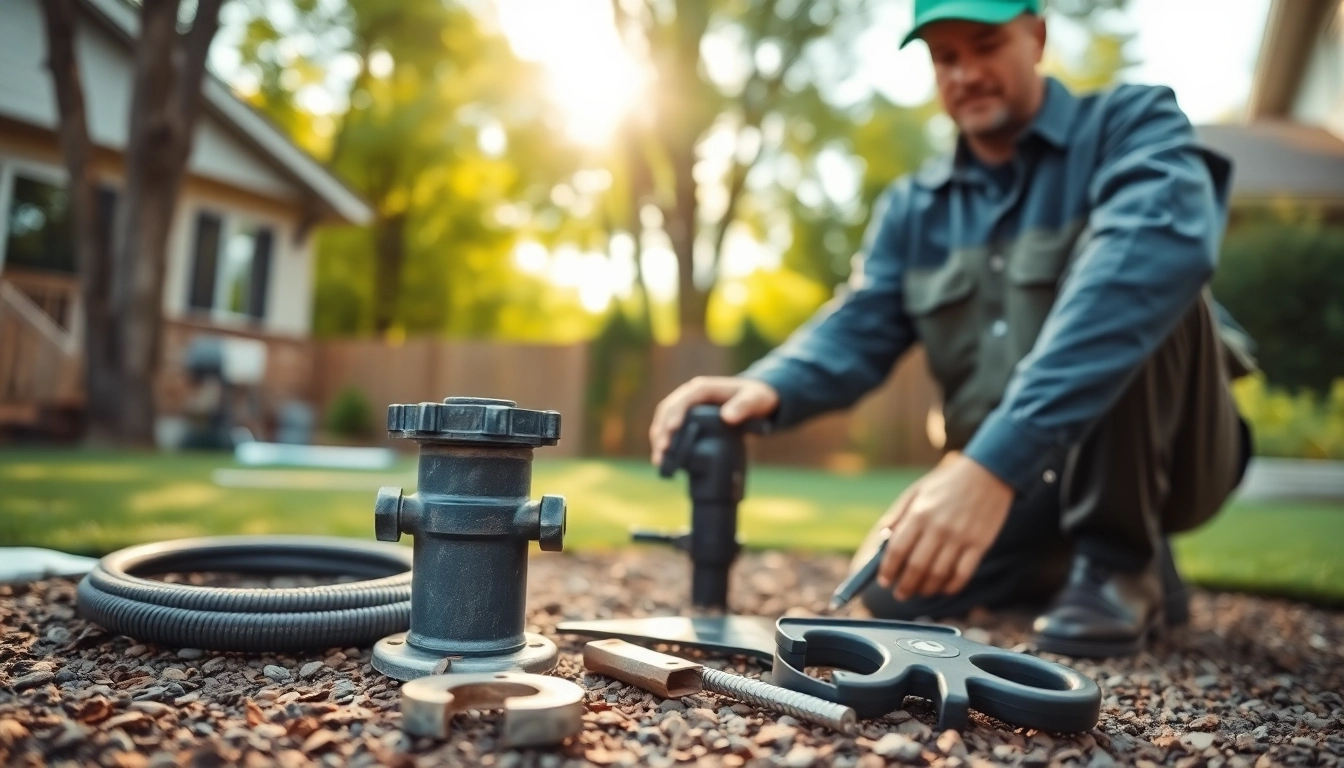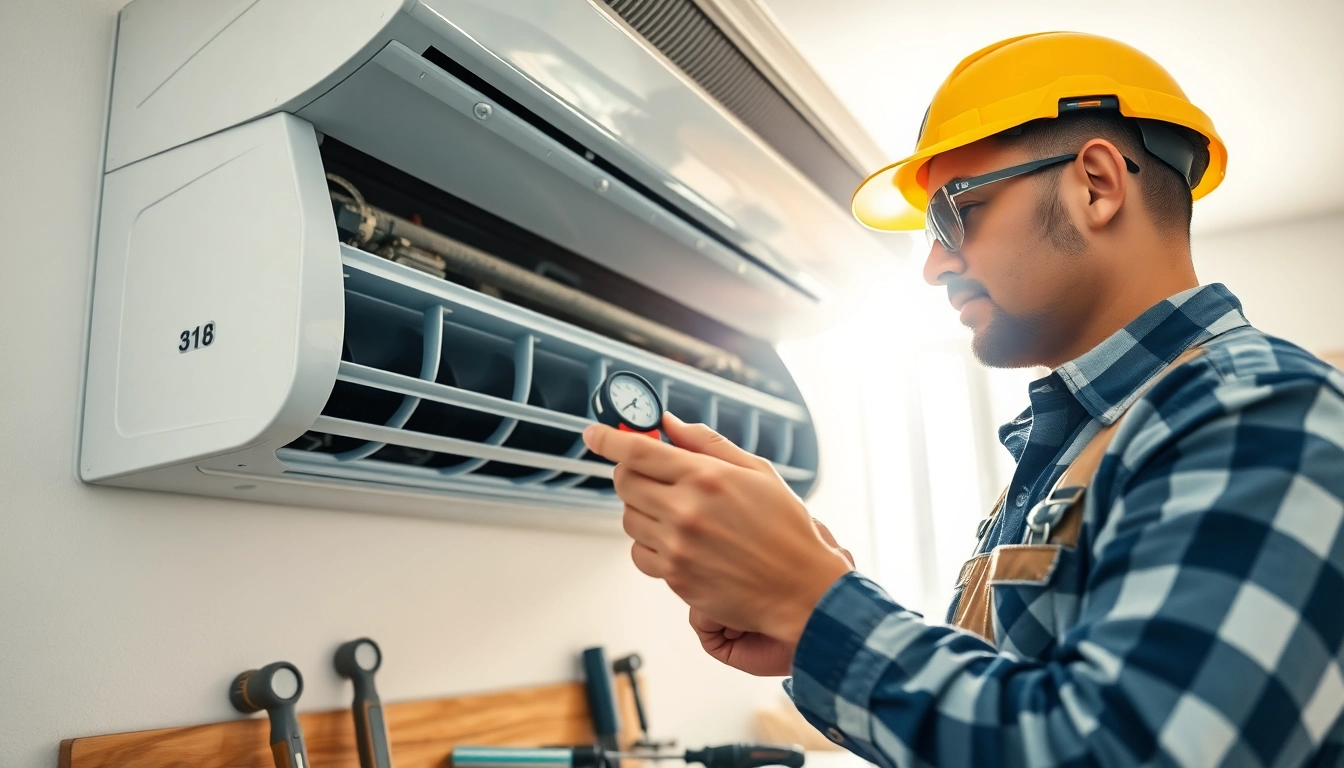Understanding Well Pump Replacement in Lacey, WA
In the heart of Lacey, Washington, maintaining a reliable water supply is crucial for residents, businesses, and agriculture. When your well pump begins to falter, knowing the signs and steps for well pump replacement lacey wa can save you time, stress, and money. This comprehensive guide will cover essential information to ensure you make informed decisions regarding your well pump needs.
What is a Well Pump?
A well pump is a vital piece of equipment used to extract groundwater from deep underground sources. It serves as the heart of any well system, responsible for transporting water to the surface, where it can be utilized for everyday needs such as drinking, cooking, irrigation, and more. Different types of well pumps operate in various environments, making it essential for homeowners to choose the one that best suits their specific requirements.
Signs You Need a Well Pump Replacement in Lacey, WA
Identifying when to replace your well pump is vital for ensuring an uninterrupted water supply. Here are several telltale signs indicating it might be time for a replacement:
- Inconsistent Water Pressure: If you experience fluctuating water pressure in your home, it can signal that your pump is on its last legs.
- Strange Noises: Unusual sounds coming from the pump, such as grinding or buzzing, could indicate mechanical issues requiring replacement.
- Dirty or Discolored Water: Water quality issues often point to pump failure, particularly if sediments or other contaminants are present.
- Frequent Cycling: If your pump turns on and off frequently, it may be struggling to maintain adequate pressure, indicating it may need replacement.
- Age of the Pump: A well pump typically lasts 8-15 years. If yours is older, consider a proactive replacement to avoid sudden failure.
Benefits of Timely Well Pump Service
Addressing well pump issues early can offer various benefits:
- Minimized Downtime: Timely service can reduce the likelihood of total pump failure, minimizing the time you lack access to water.
- Increased Efficiency: Replacing aging pumps can improve energy efficiency, thus lowering your utility bills.
- Enhanced Water Quality: New pumps help ensure cleaner water, thus protecting your health and well-being.
- Prolonging Overall System Life: Timely maintenance can extend the lifespan of your entire water system by mitigating stress on interconnected components.
Choosing the Right Well Pump for Your Home
When it comes to picking a new well pump, it’s critical to consider various factors to find the right fit for your home. Here’s how to navigate the selection process:
Factors to Consider When Selecting a Well Pump
There are several key factors to evaluate when choosing a well pump:
- Depth of the Well: The deeper the well, the more powerful your pump needs to be to draw the water up effectively.
- Water Demand: Analyze your household’s daily water usage to determine the appropriate pump capacity to avoid shortages.
- Type of Well: Different wells (e.g., dug, drilled, driven) require specific pump types tailored to their conditions.
- Energy Efficiency: Opting for energy-efficient models can help save on long-term operating costs.
Different Types of Well Pumps
Understanding the various well pump types will guide your choice:
- Submersible Pumps: These pumps are placed underwater and are perfect for deeper wells. They are efficient and quiet but can be more challenging to replace.
- Jet Pumps: Typically used in shallower wells, jet pumps are located above ground and draw water using suction.
- Hand Pumps: Although less common in modern systems, hand pumps are still used in some areas for manual water access.
How to Determine Pump Capacity for Your Needs
The correct pump capacity is essential for meeting your household water needs. Calculate your total water demands based on the number of bathrooms, kitchen appliances, and irrigation systems in use. Consulting with a professional can provide insights into the appropriate gallons per minute (GPM) required based on your usage patterns.
The Well Pump Replacement Process
The process of replacing your well pump can seem daunting, but it can be broken down into manageable steps:
Initial Assessment and Inspection
Before initiating replacement, a thorough assessment should be performed. An experienced technician will conduct a detailed inspection of the existing pump, well depth, and system pressure. This step is critical for determining the type and size of the new pump required.
Steps Involved in Well Pump Replacement in Lacey, WA
The well pump replacement process typically involves the following steps:
- Power Off: Safety measures include powering off the electrical supply to ensure safe working conditions.
- Remove the Old Pump: The technician will extract the existing pump from the well—this may require specialized tools, especially for deeper pumps.
- Install the New Pump: The new pump is lowered into the well, connected to the water lines, and properly anchored to prevent movement.
- Electrical Connections: The electrical connections are reestablished, ensuring all connections are safe and secure.
Final Testing and Quality Assurance
Once the installation is complete, comprehensive testing is essential. The technician will check water pressure, assess flow rate, and inspect for leaks to ensure everything operates as intended. Proper documentation of the installation can also be beneficial for future reference.
Cost Factors Associated with Well Pump Replacement in Lacey, WA
Understanding the costs involved in replacing a well pump can help you budget effectively. Here are the main factors to consider:
Understanding Pricing Structures
The cost of well pump replacement varies based on a range of factors, including:
- Type of Pump: Submersible pumps often cost more than jet pumps due to the complexity of installation.
- Labor Costs: Labor can significantly affect the overall cost, especially if complications arise during installation.
- Permitting Fees: In some areas, permits may be required, adding to the total expense.
Common Hidden Costs to Anticipate
Be prepared for potential hidden costs, such as:
- Environmental regulations or inspections that may not have been anticipated upfront.
- Additional repairs needed for plumbing issues revealed during installation.
- Long-term operational costs if a less energy-efficient pump is chosen.
Tips for Budgeting Your Well Pump Replacement
Here are some recommendations to aid in effective budgeting:
- Get Multiple Quotes: Compare estimates from different suppliers to ensure competitive pricing.
- Factor in Maintenance: Consider ongoing maintenance costs when evaluating the overall budget.
- Plan Ahead: Setting aside funds for emergencies can prevent rushed decisions when issues arise.
Maintaining Your Well Pump After Replacement
Once your well pump has been replaced, maintaining it is essential for its longevity and efficiency. Here are some strategies for effective maintenance:
Regular Maintenance Checklist for Well Pumps
To keep your well pump running smoothly, follow this checklist:
- Inspect the pressure tank and ensure it is functioning correctly.
- Check electrical connections for any signs of wear or damage.
- Look for any visible leaks around pipes and fittings.
- Monitor water quality and consider periodic testing to ensure safety.
How to Extend the Lifespan of Your Well Pump
Extending the lifespan of your well pump can save you money and time:
- Perform regular professional inspections.
- Take into account environmental conditions, ensuring your pump is adequately protected from extreme weather.
- Keep detailed records of maintenance and repairs for future reference.
Signs of Potential Future Issues to Watch For
Stay vigilant for indicators that may signal future problems, such as:
- Surges in water pressure that may signify pump failure.
- Unusual noises that weren’t previously present.
- Any sudden decline in water quality that necessitates immediate attention.
By understanding the importance of your well pump and taking action early, you position yourself for success in maintaining a reliable water supply in Lacey, WA. From timely replacements to diligent maintenance, staying informed and proactive can help ensure uninterrupted access to one of our most vital resources.











Leave a Reply